Slow Art Day: how art appreciation should take its own time
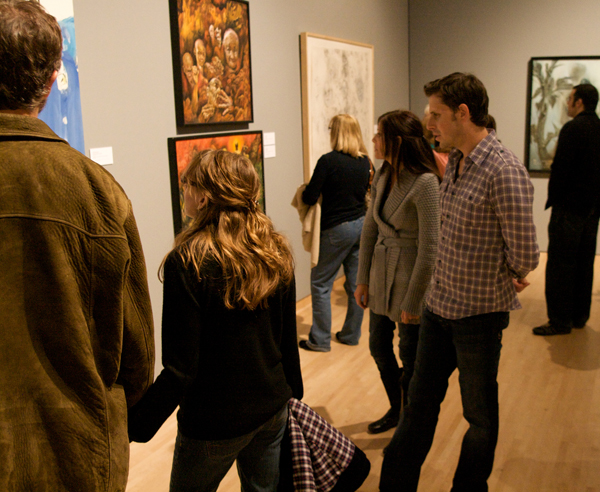
In the age of overflow of visual stimuli, when mechanically reproduced art doesn’t horrify anybody and digital cameras made most people forget about their photos right after they take it, are we still able to look and see?
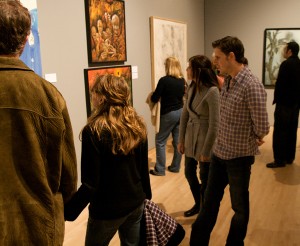
Slow Art Day promotes a thorough appreciation of art rather than the common 8-second-long browsing. Photo: Jason Silva
Statistically, people spend eight seconds in front of one piece of art in museum. So in principle, in ten minutes they can see 75 pictures. Slow Art Day, in a series of international volunteer-based events, is encouraging people to spend those ten minutes looking SLOWLY at one, single work of art.
The idea is simple. Participants meet in a chosen local gallery or museum, where there is a volunteer-host and a small select number of pieces to look at. They spend some extended time slowly viewing and appreciating the images. It may take an hour to scrutinise five art-works. Afterwards, all go to have a lunch together and discuss the experience. The event took place for the fourth time on 28th April 2012, simultaneously in 101 venues on every continent. In London, art-lovers met with host Paul Langton in Tate Britain.
Participants have to buy their own lunch and pay the entry fee, if there is one. The institution where viewing is arranged doesn’t have to support or even know that the event is taking place. Slow Art Day is not designed as precise educational tour or curatorial talk; it is a bit more anarchistic and inventive. The initiative is on the participants’ side. Slow Art Day wants to encourage everyone to perceive art appreciation as a creative act and expand the definition of art to include organising events like Slow Art Day in it.
The focus of the event is moved from art on the wall to what is happening in and between the contributors. What is important is the experience, sense of community, creativity and open-minded attitude. It questions and challenges the customary cultural practices and divisions between artists, art professionals who dictate what to see and how to behave, and superficial and passive audiences. It may affect the way in which visitors perceive and respond to art.
However, the Slow Art Day does also provoke other questions. Does longer and slower mean better? Even if we see more, do we understand better by simply looking longer? Or maybe some additional information is needed to get more out of the art-work? Is every interpretation a good interpretation? How important is the institutional aspect of a gallery or museum experience and how deeply does it affect visitors? No matter what are the answers to these questions are, asking and interrogating the routines is always desirable.
Agata Gajda
Find out more about Slow Art Day here.




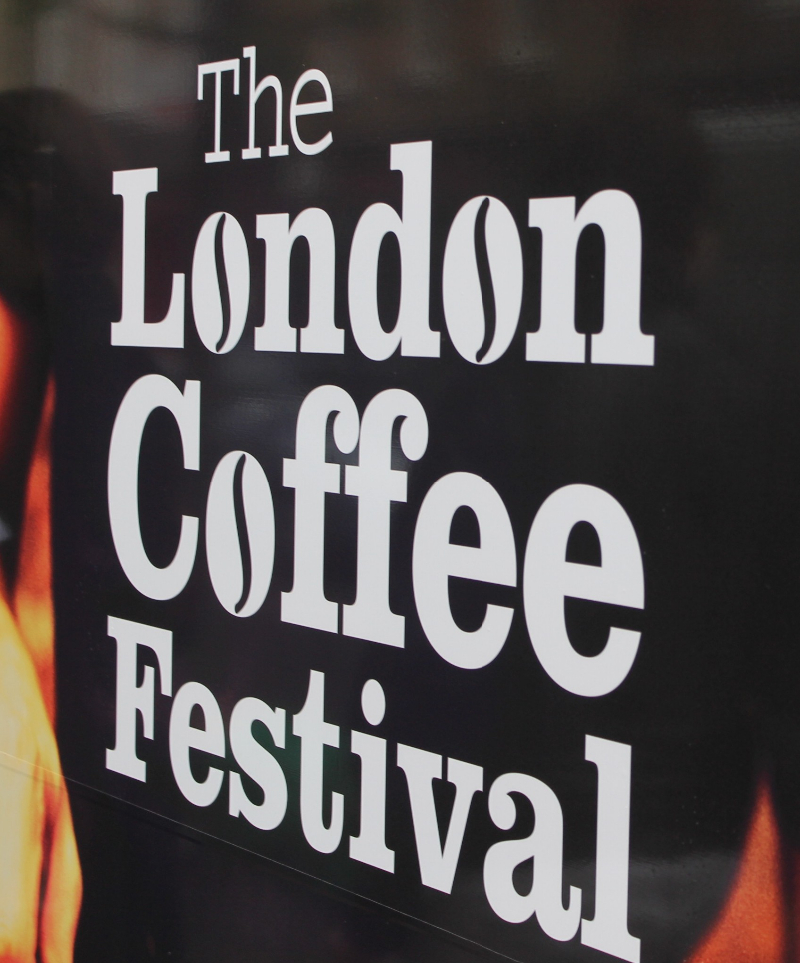

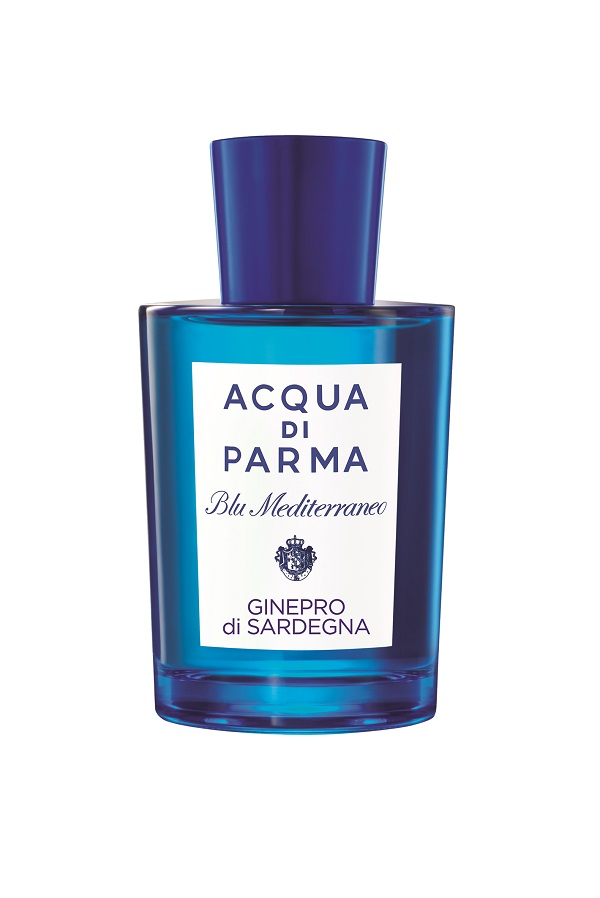
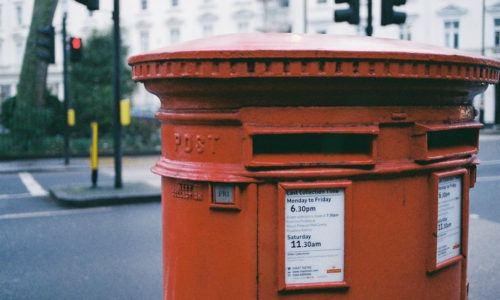















Facebook
Twitter
Instagram
YouTube
RSS